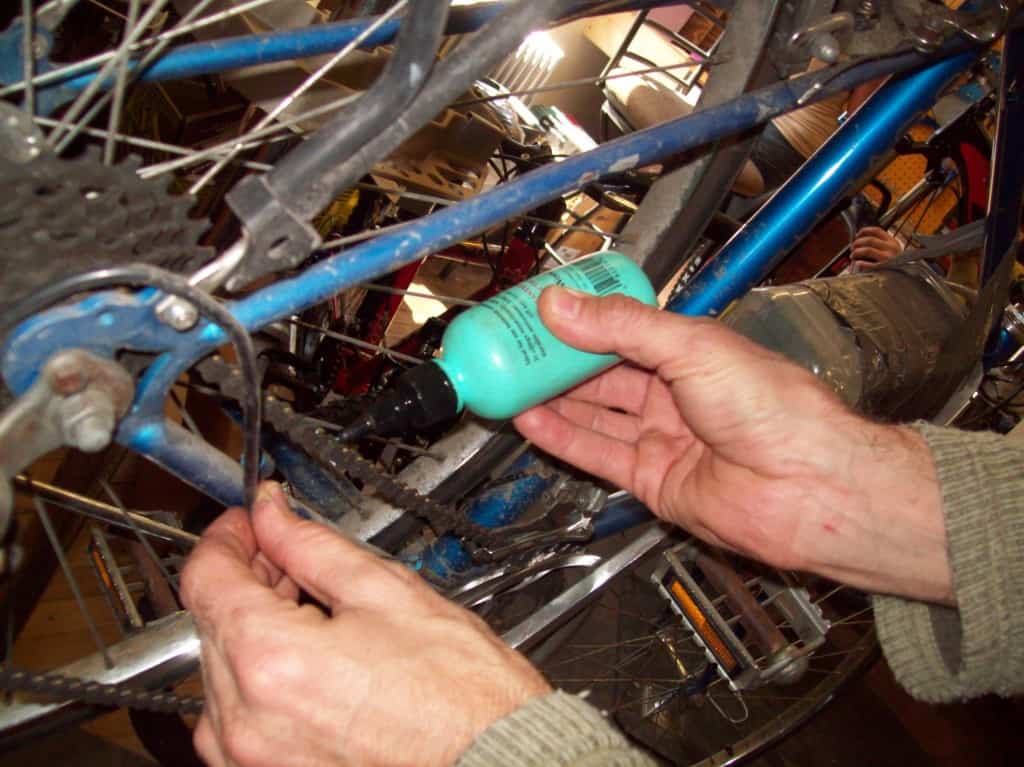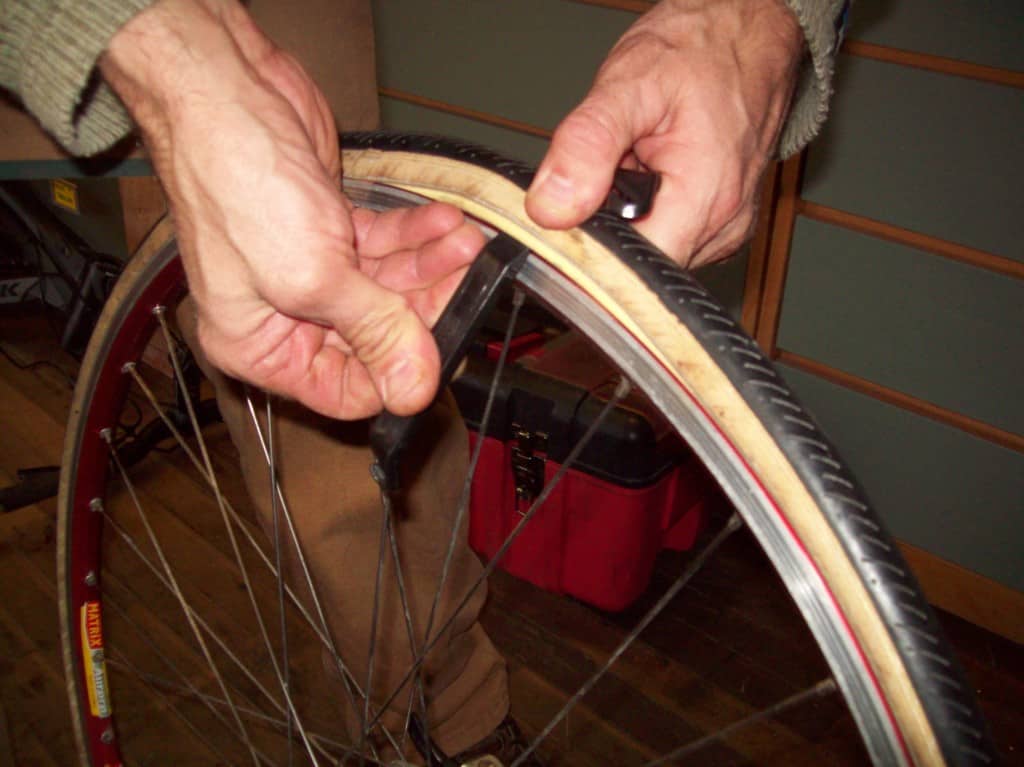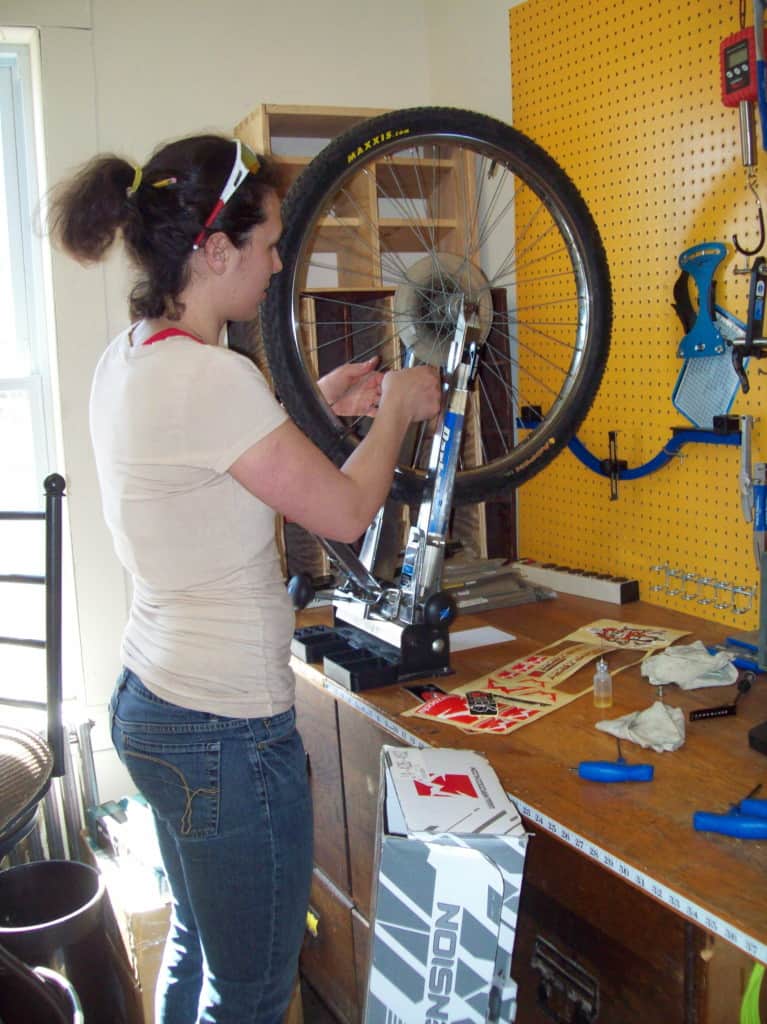If you’ve ever faced a flat tire mid-ride or heard that mysterious squeak while pedaling, you know the importance of bike maintenance. Learning DIY bike repair not only helps you fix these problems but also gives you the freedom to handle most tune-ups yourself. Whether you’re patching a tube, adjusting brakes, or fine-tuning gears, this guide will have you pedaling toward self-sufficiency in no time. Let’s get those wheels turning!
Affordable bike repair tips
So you have decided to reduce your carbon footprint, or get healthy by riding a bicycle. You found a used bike with potential, or you pulled out that 10-year-old bicycle that has been gathering dust in the garage. Pavel Cherkasov, coowner of Magic Wheel Bike Shop in Websterville, Vt., says you can save money by doing some easy maintenance and repairs on your own.
Invest in the right tools. You don’t need a lot – a simple set of socket wrenches and a set of allen wrenches, also known as hex keys. Most bikes require metric tools; you can find them at hardware stores or your local bike shop.
Don’t miss these DIY bike maintenance tips!
Fix a flat
Changing a tire is easy, and can save you money and the frustration of being stranded on the side of the road. You need some tools called tire levers, which are used to pry open the sidewalls of the tire and pull out the tube. “The common mistake people make is to use a screwdriver,” says Cherkasov. “No screwdrivers – they are too sharp and will damage the sidewalls or puncture the tire. A bicycle is more delicate than a motorcycle or a car.”
Insert a tire lever between the tire and the rim and gently pull out the edge of the tire. Clip the lever to the nearest spoke. Move a few inches down the rim and pry open with another tire lever, clipping it onto another spoke. If you do not have a tire lever, using the wide rounded edge of a bottle opener may be a good alternative – pry the tire edge open and move slowly along the edge. Then make your way around the tire, pulling out the edge of the tire until you have good access to the tube. Pull out the tube and use a patch kit to repair, or replace with a new tube (always have a spare in your bag!).
A patch kit is a good thing to keep in your bicycle bag, but frugal bicyclists might make their own kits. Patch kits include simple instructions, but the basics are the same: Find the hole, clean with a piece of sandpaper (an emery board will work in a pinch) wipe clean and glue the rubber patch in place. Give it some time to adhere properly before filling the tube with air. If you replace the repaired tube, deflate it and use it as a spare – or cut it up for future patch jobs.
Is there a hole in the tire itself? Don’t replace the tube without fixing the hole, as the tube will poke through the hole and cause another flat. Here is an easy fix.
Maintain the chain.
The chain should move smoothly and quietly. A chain clogged with grease and dirt is noisy, will not shift well and causes friction. Cherkasov compares maintenance of the bike chain to changing oil in a car; it is an easy and inexpensive task that can keep your bike in good shape.
Clean the chain with a brush and soapy water, and clean off grease and gunk with citrus oil and a rag. Add synthetic oil to the center of each link in the chain. Routine maintenance will keep the drive train healthy and in good working order.

Check your brakes.
Do your brakes squeal or rub against parts of the rim? Do you have to use a lot of force to make the brake pads grab? Different bikes have different types of brakes, so it is important to find out which type you have and follow directions for repair. Cherkasov recommends investing in a good bike repair manual such as The Big Blue Book of Bicycle Repair.
You can search online for brake types and online video instruction for repair, but Cherkasov advises going to a bike shop for brake repairs until you are comfortable working on your bicycle. It is important to have brakes and pads in good condition – ask your bike repairman for tips on keeping them in good order.
Now that you see how you can do your own DIY bicycle repair, it’s time to get started!
For more Living on the Cheap articles:
Save water and money by fixing household leaks
18 cheap and easy home repairs
How a lifetime warranty can get you free products
Frugal and effective house cleaning tips


